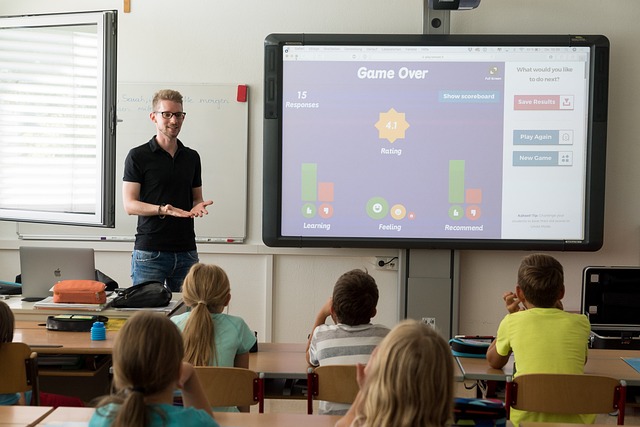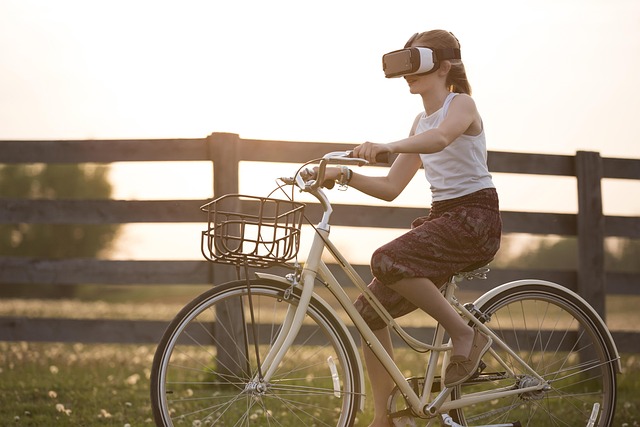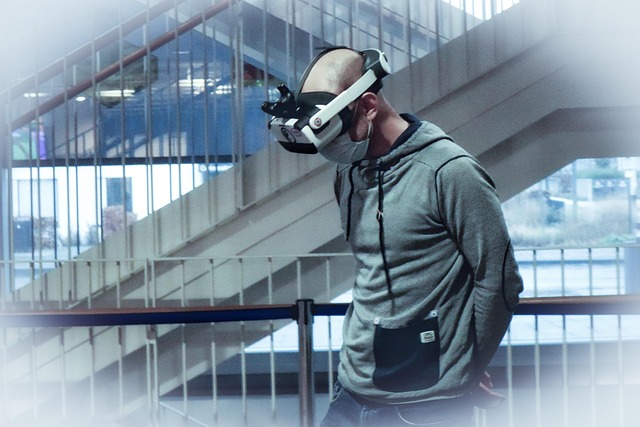Revolutionizing Interaction: The Future of Presentations with Virtual Reality, Augmented Reality, and the Metaverse
In a world where attention spans are dwindling and information overload is the norm, interactive presentations have emerged as a vital tool for engaging audiences. The future of presentations is no longer confined to traditional slideshows or static visuals. Instead, we are on the brink of an era dominated by Virtual Reality (VR), Augmented Reality (AR), and the Metaverse. These technologies promise to usher in a new wave of vibrant and interactive experiences that can captivate and engage audiences like never before.
The Allure of Virtual Reality
Imagine stepping into a virtual realm where you can not only see but also experience the content of your presentation. VR takes participants on an immersive journey, allowing them to interact with 3D models and scenarios relevant to the topic at hand. Whether it’s walking through a virtual museum, exploring scientific phenomena, or simulating real-world scenarios, VR transforms presentations into unforgettable adventures. This enrichment caters to all senses, making it easier for audiences to retain information while feeling a genuine connection to the material presented.
Augmented Reality: Enhancing the Real World
On the other hand, Augmented Reality seamlessly overlays digital information onto the real world. Imagine pointing a smartphone or tablet at a printed report and watching data charts animate and come to life right before your eyes. AR can make complex concepts more accessible by providing interactive elements that enhance understanding. This technology infuses presentations with a layer of interactivity that grabs attention and fosters deeper engagement, as participants can manipulate elements with simple gestures, all while remaining rooted in their physical environment.
Building Communities in the Metaverse
The Metaverse represents the next frontier, combining the best of both VR and AR while introducing a new dimension of spatial interaction. Here, presentations can be conducted in virtual auditoriums filled with avatars from all around the globe. This setup encourages a sense of community and collaboration, allowing for real-time discussions and networking opportunities that previous formats lack. Participants can share their experiences, interact with one another, and explore content together in ways that foster deeper learning and connection.
The Shift Towards Engagement and Interactivity
The shift towards using these immersive technologies in interactive presentations is not just a trend; it reflects a fundamental change in how we interact with information. As speakers, educators, and marketers, we must adapt to this evolving landscape to keep our audiences engaged. It’s about creating memorable moments that resonate, provoke thought, and inspire action. By embracing VR, AR, and the Metaverse, presenters can cultivate a dynamic dialogue with their audience, turning passive viewers into active participants.
As we look to the future, it’s clear that the integration of these technologies will redefine the standard for presentations. By harnessing the power of immersive experiences, we can transform dull data into compelling narratives that both inform and inspire. The potential is limitless, representing a new chapter in the art of interaction—a chapter that promises to be as engaging as it is revolutionary.




